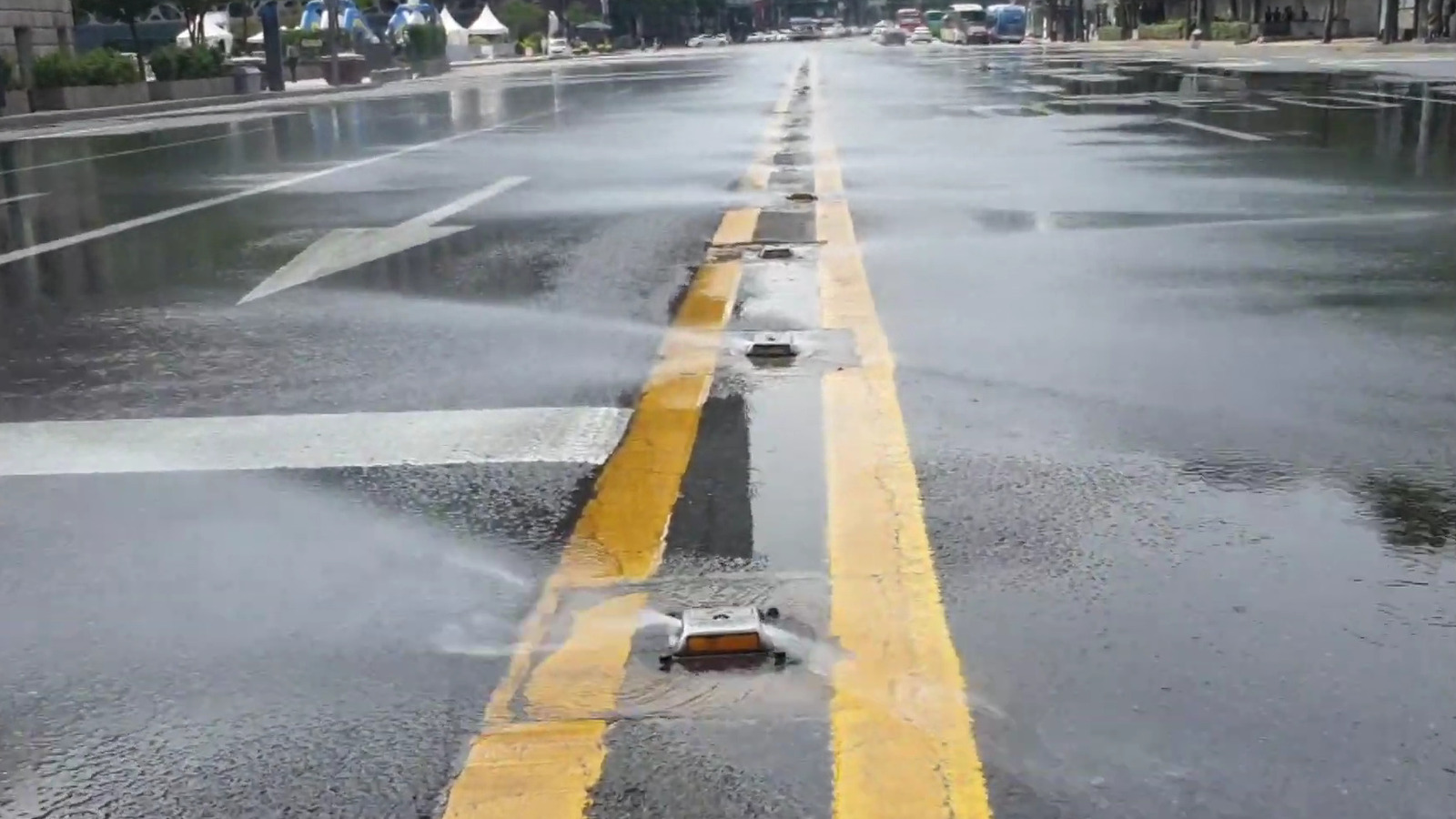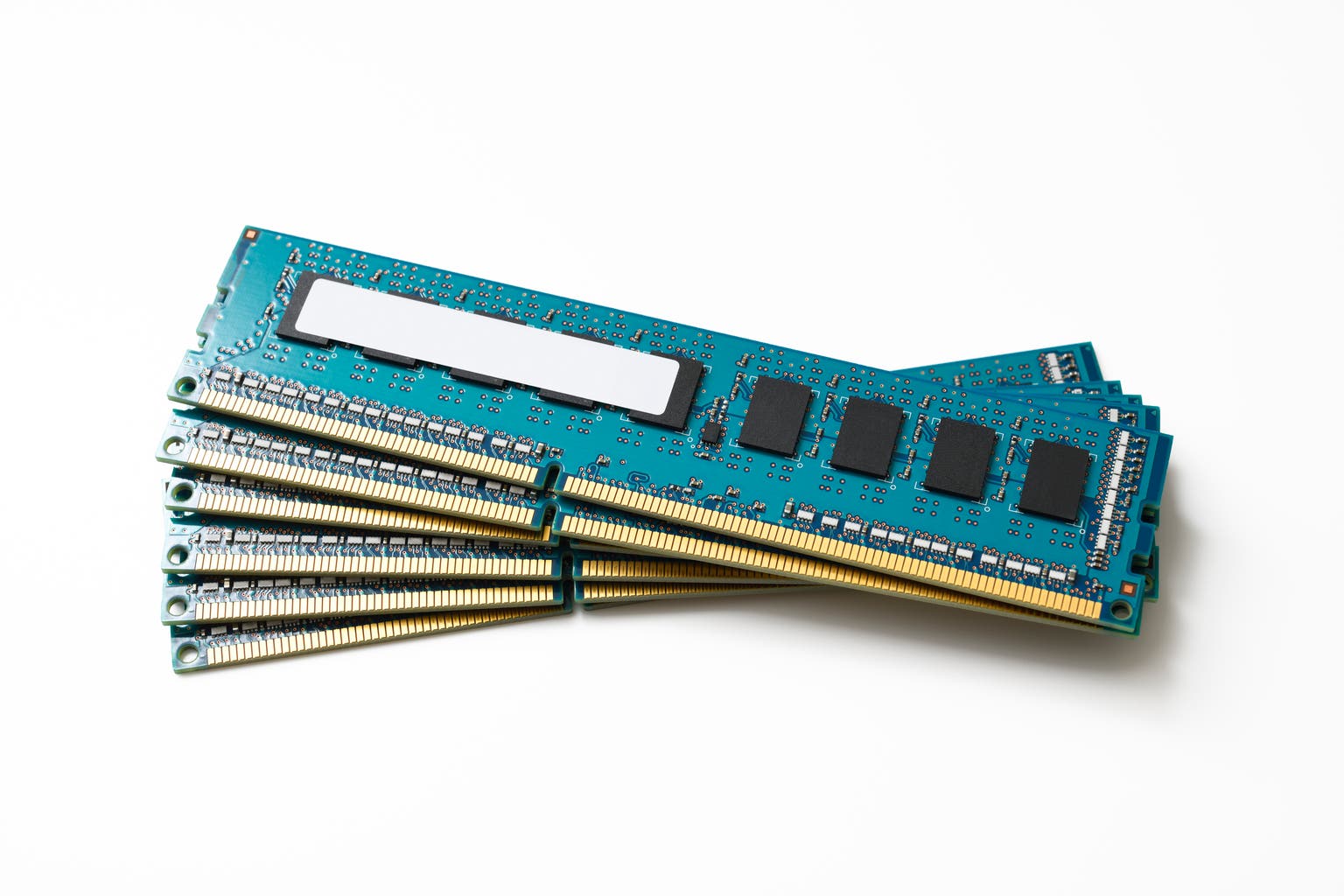<b>New Tech to Combat Drunk Driving: Could This Be the Next Essential Car Feature?</b>
For decades, safety innovations like seatbelts, rearview mirrors, and backup cameras have become standard features in vehicles, significantly reducing accidents and saving lives. Now, the National Highway Traffic Safety Administration (NHTSA) is setting its sights on a critical issue: drunk driving. They're actively exploring and promoting the integration of drunk driving prevention technology into everyday cars, potentially making it the next essential safety feature.
The Devastating Impact of Drunk Driving
The statistics surrounding drunk driving are sobering. Each year, thousands of lives are tragically lost and countless more are injured due to impaired drivers. Despite decades of public awareness campaigns and stricter laws, drunk driving remains a persistent and devastating problem on American roadways. NHTSA recognizes the need for proactive solutions that go beyond simply punishing offenders – they aim to prevent drunk driving from happening in the first place.
What Does Drunk Driving Prevention Technology Look Like?
Several promising technologies are emerging to address this challenge. These aren't futuristic concepts; many are already in development or pilot programs. Here's a look at some key approaches:
- Driver Monitoring Systems (DMS): These systems use cameras and sensors to monitor the driver's eyes, head movements, and facial expressions. Any signs of impairment, such as drowsiness or inattention, can trigger alerts or even take control of the vehicle.
- In-Vehicle Breathalyzers: Integrating breathalyzers into the ignition system is a long-discussed idea gaining traction. The car would refuse to start unless the driver passes a breath test. Newer, more discreet breathalyzer technologies are being developed.
- Passive Alcohol Detection Systems (PADS): This innovative technology aims to detect alcohol levels in the driver's breath without requiring active participation. Sensors would analyze the air surrounding the driver and prevent the vehicle from starting if alcohol is detected.
- Vehicle-to-Vehicle (V2V) Communication: Connected car technology could eventually allow vehicles to share information about driver impairment, alerting other drivers and emergency services if a potential drunk driver is detected.
NHTSA's Role and the Path Forward
NHTSA is playing a crucial role in advancing these technologies. They are conducting research, developing testing standards, and working with automakers to encourage adoption. A key initiative is the Advanced Driver Behavioral Monitoring (ADBMS) rule, which requires new vehicles to be equipped with technology that can detect impaired drivers. This rule is expected to significantly reduce drunk driving incidents.
Challenges and Considerations
While the potential benefits are immense, there are challenges to overcome. Privacy concerns surrounding driver monitoring systems need to be addressed. The cost of implementing these technologies also needs to be considered to ensure affordability and accessibility for all drivers. Furthermore, ensuring the accuracy and reliability of these systems is paramount to avoid false positives and potential inconvenience.
The Future of Driving Safety
The integration of drunk driving prevention technology represents a significant step forward in automotive safety. Just as seatbelts and rearview mirrors became indispensable, these new technologies have the potential to dramatically reduce drunk driving-related accidents and save countless lives. As technology continues to evolve and costs come down, we can expect to see these features become increasingly common in vehicles, creating safer roads for everyone.






